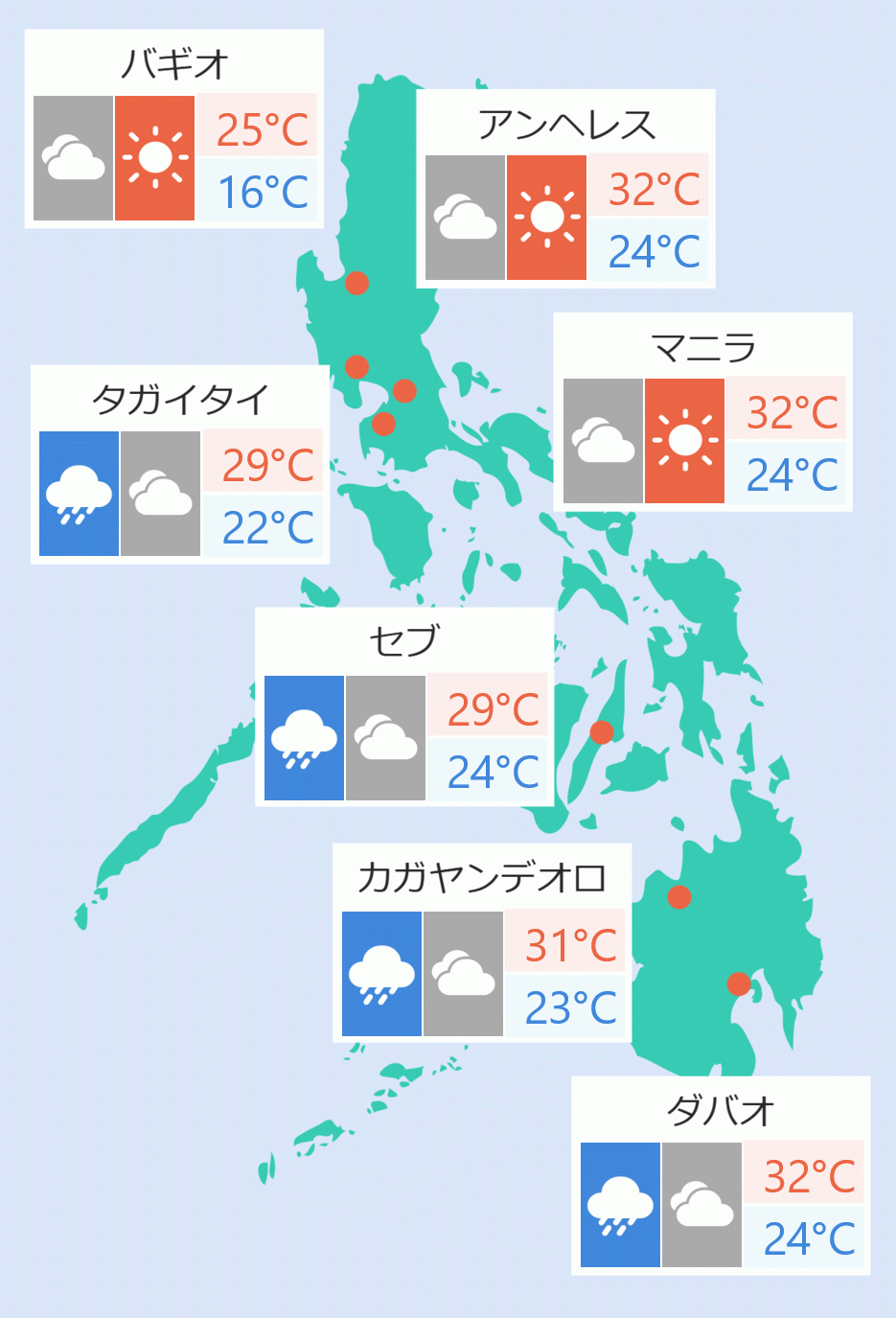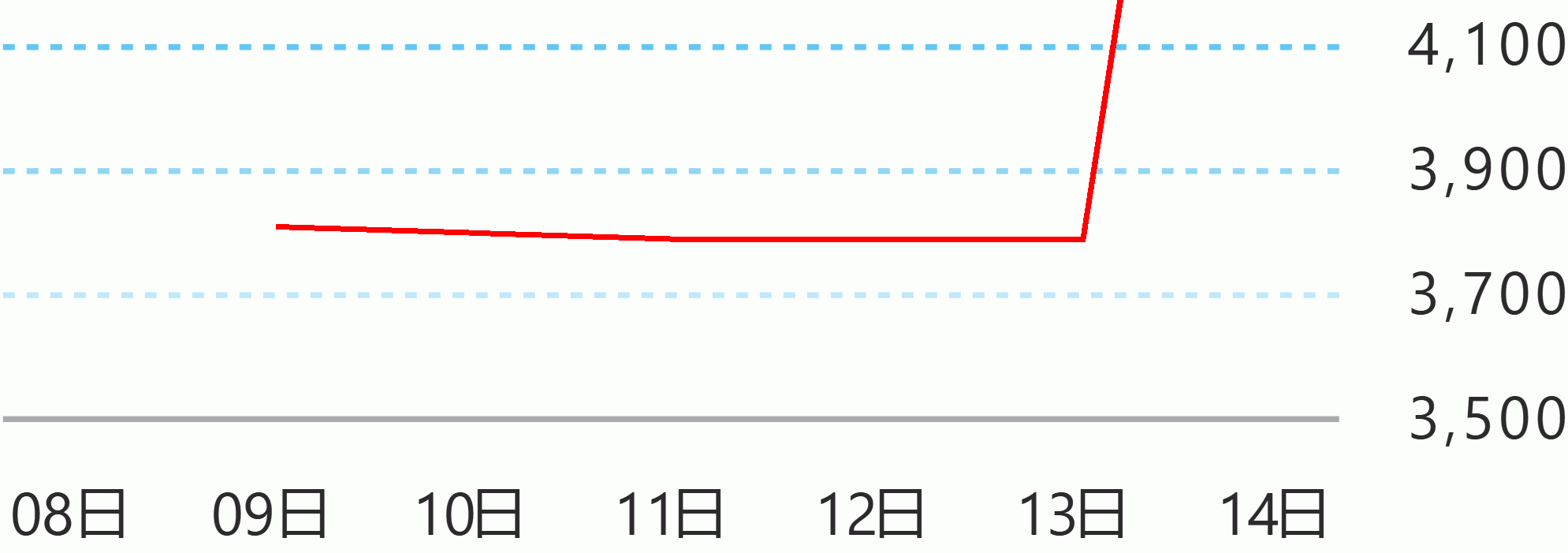Robust domestic demand amid subdued inflation will support Philippine economic growth this year and the next, according to a report released by the Asian Development Bank (ADB) today.
In its Asian Development Outrlook (ADO) September report, ADB forecasts the country’s gross domestic product (GDP) to expand by 5.6 percent this year and 5.7 percent in 2026, steady from last year’s 5.7 percent growth.
The 2025 GDP projection was maintained from the July ADO forecast, while the 2026 growth estimate was slightly lower from 5.8 percent in July. Still, the Philippines is forecast to remain a bright spot in Southeast Asia, with the second highest GDP expansion in the region.
“The Philippines’ growth outlook remains resilient amid a global environment of shifting trade and investment policies and heightened geopolitical uncertainties,” said ADB Country Director for the Philippines Andrew Jeffries. “Though these uncertainties pose increased risk, we see strong domestic demand anchoring growth, with sustained investments and an accommodative monetary policy supporting the economy’s expansion.”
ADB forecasts inflation to ease more this year than earlier projected, slowing to 1.8 percent before rising to 3 percent in 2026 to return to the government’s target range of 2 percent to 4 percent.
The latest 2025 inflation forecast is lower from July’s 2.2 percent. Slower global commodity prices and muted food prices, in part due to the improved local supply of the country’s rice staple, will keep inflation low. This subdued inflation outlook will support an accommodative monetary policy, the report said.
However, adverse weather and climate shocks, with the country visited by at least 20 typhoons a year, could put pressure on commodity prices, the report also said.
Other downside risks to the growth outlook include external headwinds from heightened uncertainty, further shifts in global economic policies, and rising trade barriers, which could affect market sentiment and hinder economic growth.
Sustained government investments, including for social services, is seen boosting domestic demand, the report said.
Business sentiment remained positive, according to the Bangko Sentral ng Pilipinas’ second quarter survey, though softer amid external headwinds. Consumer outlook stayed optimistic for 2026. This bodes well for private consumption growth, which is partly supported by steady inflow of remittances from overseas Filipinos.
The government aims to maintain infrastructure spending at 5 percent to 6 percent of GDP over the medium term. This includes investments in its big-ticket road, bridges, ports, and railways projects.
The Accelerated and Reformed Right-of-Way Act signed into law this month streamlines the land acquisition process for government and public-private partnership projects, which will help speed up infrastructure investments.
This new law will benefit the government’s flagship projects, including the ADB-financed Malolos-Clark Railway Project and the South Commuter Railway Project, which will link Metro Manila to northern and southern provinces in the Luzon region; and the Bataan-Cavite Interlink Bridge Project, which is expected to be one of the world’s longest bridges when completed. Asian Development Bank





 English
English









